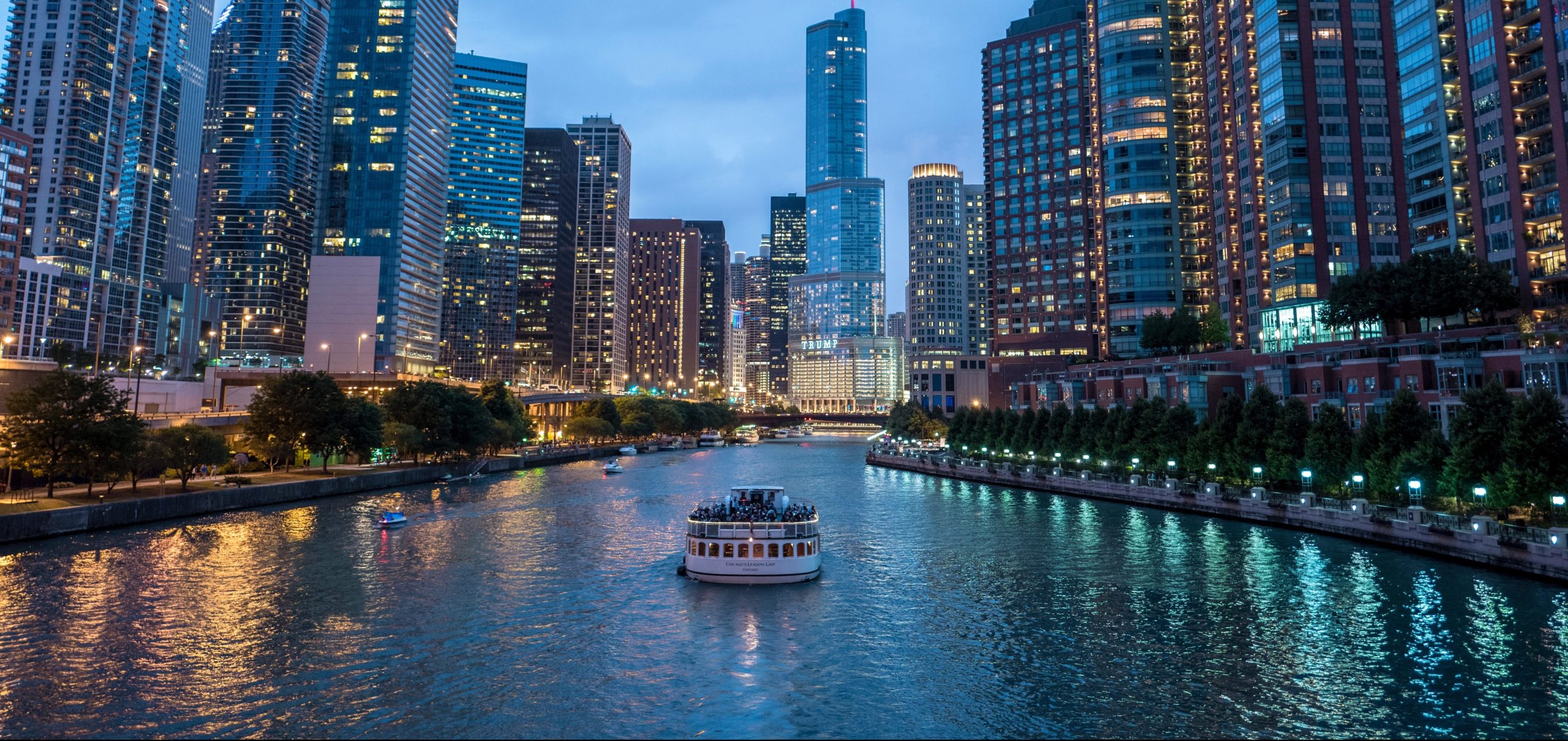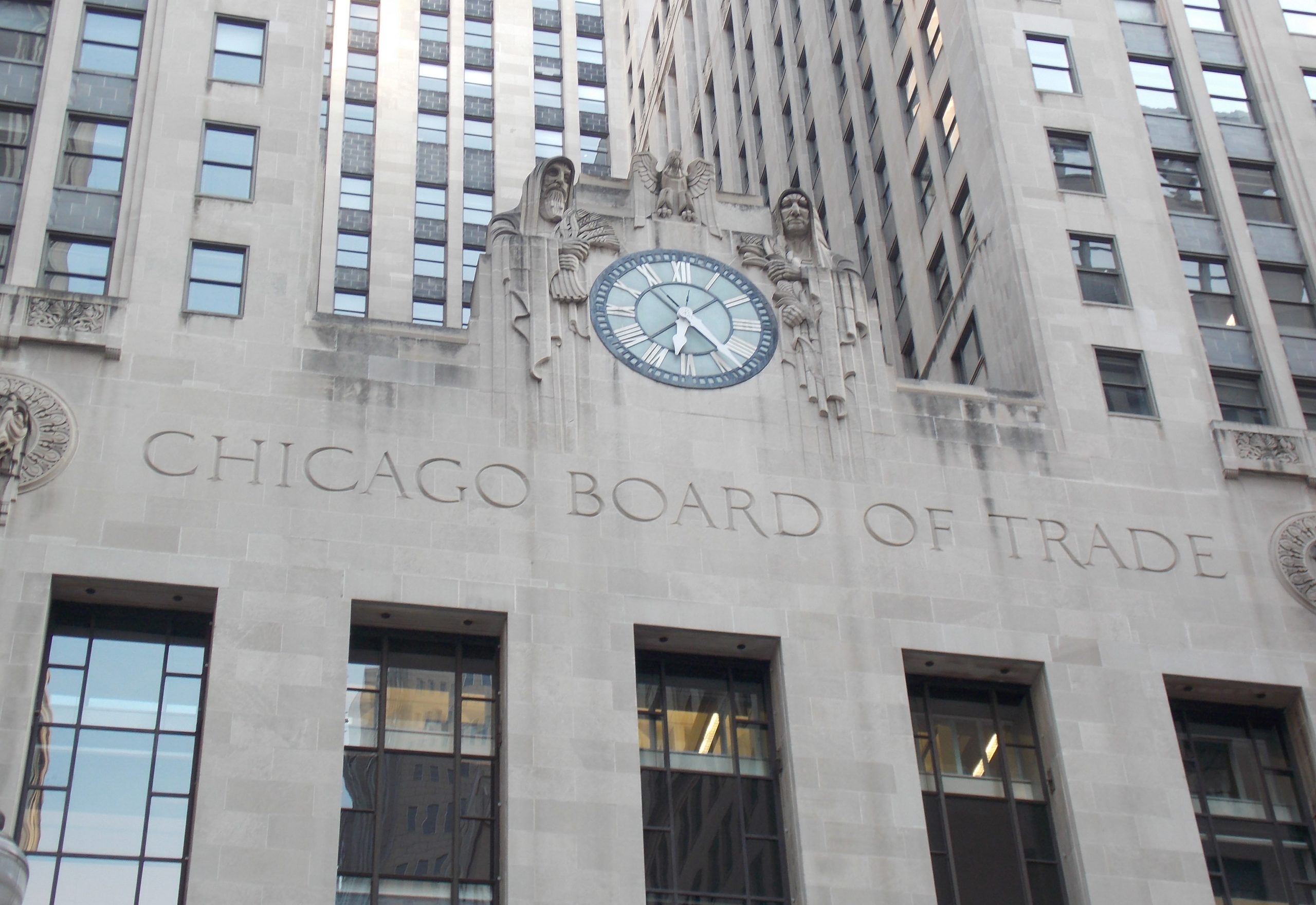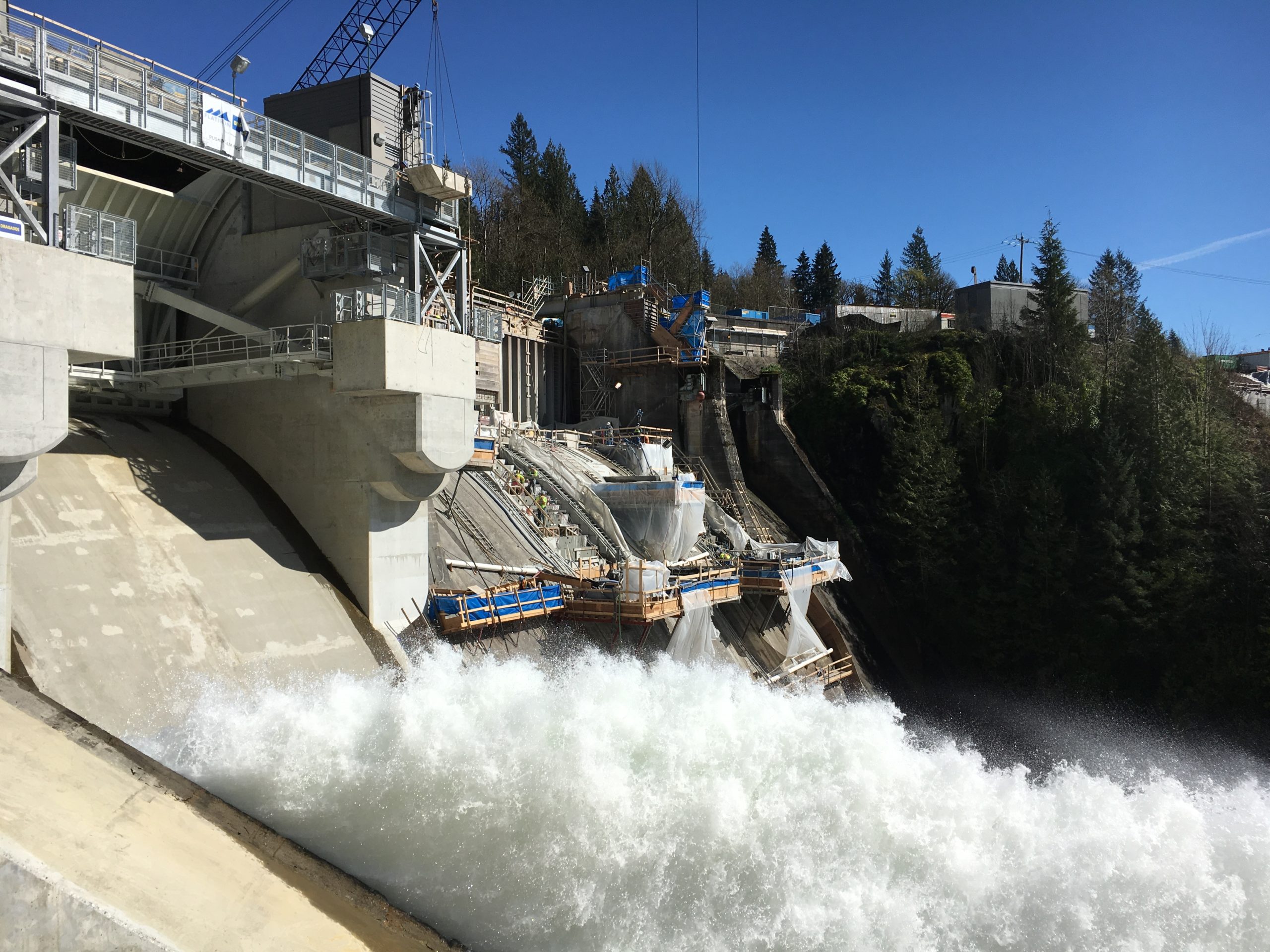
A Small Bridge in Paradise Makes a Big Impact

Wire sawing caps being removed via crane.
Tropical palms and soft Gulf breezes. White sand and eclectic marine life. Florida is an oasis full of outdoor relaxation and adventure surrounded by the sea. If there is one thing Florida has an abundance of, it’s water. Natural springs, wetlands and rivers all vein their way through the sub-tropical peninsula surrounded by the Gulf of Mexico on one side and the Atlantic Ocean on the other. Where there is water, there are bridges, and where there is salt water, there is corrosion. The Halls River Bridge in Homosassa, FL was in major need of a replacement after becoming the latest victim of salt water corrosion. In fact, most bridges built over salt water will ultimately require future repairs or replacement due to the corrosion it causes to steel rebar over time.
The Halls River Bridge job was awarded to general contractor, Astaldi Construction Corp., who had an innovative project in mind to fight back against the corroding sea. Carbon fiber reinforced polymer, or CFRP, is a non-metallic, non-corroding material that is quickly becoming the “go to” alternative to steel rebar, especially with salt water structures. Before Astaldi could get started on their special project, they needed to contract an expert concrete cutter to assist them. CSDA member Accu-Cut Concrete Services, Inc. was an obvious choice for their extensive expertise and experience around the greater Tampa Bay area.

Drilling eight splice holes per pile, 48 inches deep with an Accu-Cut custom drill.
This project included the removal of the old bridge and the building of a new, wider bridge at a higher elevation. The new bridge was to be constructed of concrete with CFRP in place of steel rebar and used throughout the entire structure. Saw cutting the old bridge for removal was to be done in two phases. Phase one would include demolishing half of the old bridge and leaving the other half open to traffic, while the first half of the new bridge was constructed. Then, phase two would involve demolishing the second half of the old bridge and completing the new one.
Concrete sawing using diamond tools was the perfect solution for this job, as it left the second half of the old structure undamaged during phase one. This was crucial so that traffic could continue to cross the Halls River during the duration of the project. This bridge provides the only access to many homes and businesses on the west side of the river and has a very active waterway, with daily boat traffic. Concrete cutting also proved to be the ideal choice for a very environmentally sensitive area. Other demolition methods such as jackhammering would have created more concrete debris, posing a threat to local marine life. With Homosassa SpringsWildlife State Park just half a mile down the road, state protected land and wildlife was at the forefront of concern.
Homosassa Springs
Homosassa Springs Wildlife State Park showcases native Florida wildlife, including bobcats, white-tailed deer, American alligators and river otters. Visitors can also see West Indian manatees every day of the year from the park’s underwater observatory in the main spring. Recreational opportunities include picnicking, nature study and bird-watching. The park also features a Discovery Center which provides hands-on experiences to learn about Florida’s environment.
This state park is located within the Homosassa Wildlife Management Area which consists of more than 5,000 acres in southwest Citrus County between the Homosassa and Chassahowitzka Rivers. The area is a management unit of the Withlacoochee State Forest and consists of wetlands, planted pines and improved pastures. Hunting of white-tailed deer, wild hogs, migratory birds, small game and turkey is permitted only in season. Bicycling, hiking and wildlife viewing are permitted in the area and there is a designated hiking trail.

Snorkelers can view manatees in natural springs all over the state of Florida.
Accu-Cut began this unique project by core drilling approximately 96 temporary barrier wall bolt holes down the center of the old bridge to define the phase separation. Accu-Cut then core drilled 96 eight-inch rigging holes for the removal of the phase one portion of the bridge. A combination of Diamond Products Weka DK52 and DK42 Core Drills and a custom-built core drill machine designed by Accu-Cut were used when drilling all holes for the project.
Accu-Cut started the slab sawing portion of the job by cutting 180 linear feet of approach slabs, followed by about 720 linear feet of deep bridge deck sawing at a depth of 10.5 inches, using two Diamond Products slab saws; CC6566 and CC3765 models. The deck was removed via crane to allow Accu-Cut access to then perform 13 wire saw cuts through the pile caps with a Diamond Products Hydrostress Wire Saw. Additional cutting of the caps was performed using an Accu-Cut Custom 20-inch Hydraulic Hand Saw. Finally, 52 18-inch pile cuts were wire sawed to complete phase one demolition. Standard PPE associated with bridge work was provided for all operators and included fall protection and personal flotation devices.
Although this job may be smaller in comparison to other bridge jobs, there are various details and challenges that make it a high-profile project that has captured the attention of professionals nationwide. The environmental aspect of the job alone is captivating. The bridge lies within the Homosassa Wildlife Management Area which is home to manatees and other various types of wildlife. For the duration of any job within this area, it is required that personnel are posted solely to watch and alert workers of any manatees in the immediate area. If a manatee is spotted, projects are paused until the animals swim a safe distance away from construction and demolition.
There was a lengthy delay during phase one due to an osprey nest built on top of a crane over a weekend. A permit was required to remove the nest and it took a full month to acquire permission to safely relocate it. Slurry and debris were strictly prohibited from being dumped into the water under the bridge to help protect the fragile ecosystem. Again, even though this is a smaller bridge, due to the new composite design with the CFRP, this has become a high-profile project with many interested parties from across the U.S. paying close attention to the installation and construction of this new steel rebar alternative.

Aerial photo of an osprey nest atop a worksite crane.
Florida Department of Transportation (FDOT) Contractor Requirements for Unanticipated Interaction with Protected Species
Ospreys are large birds, with their head and undersides largely white. A dark brown streak extends through the eye and towards the back of the head. If an osprey is observed nesting in an active work area, do not disturb it and report the nest sighting immediately to the Florida Department of Environmental Protection. If the nest is within an active work area, the Department will consult with the Florida Fish and Wildlife Conservation Commission and the United States Fish and Wildlife Service and inform contractors of any required changes to their projects.
Phase two of the project, which includes finishing the construction of the new bridge, is still ongoing. Accu-Cut used their own custom 20-inch Hydraulic Hand Saw to perform sawing of 12-inch thick carbon fiber reinforced pre-stressed sheet pile and bulkhead wall for the new bridge, with a total of 300 linear feet being hand sawn. Other tasks that Accu-Cut have completed on the new bridge thus far include the core drilling of 24 holes, measuring 1.75 inches in diameter at an average depth of 48 inches, into the CFRP prestressed piles. Also core drilled were 94 holes, measuring 1.4 inches in diameter, into a temporary barrier wall that Astaldi needed during phase two of the project. Accu-Cut continues to assist Astaldi with various core drilling, slab sawing and hand sawing services. Weather concerns continue to be a safety issue, as lightning storms periodically shut down construction temporarily, but the project is expected to be completed on time in early 2019. Phase one and the concrete sawing and drilling of the old bridge went exactly as planned and was completed on budget and on time.

Hydraulic hand sawing 12-inch thick carbon fiber reinforced polymer (CFRP) prestressed sheet pile. The fiber strands are visible protruding from the concrete on the left.
Company Profile
Accu-Cut has extensive bridge-work experience and a reputation for doing clean, precise work with the ability to handle unexpected complications with ease. They are headquartered in Clearwater, FL and currently operate with five trucks and 10 employees. Accu-Cut offers all types of concrete sawing, drilling and grinding and primarily services Florida, other Southeast states and Caribbean islands.
RESOURCES
General Contractor
Astaldi Construction Corp.
Davie, FL
Tel: 954-423-8766
Email: astaldi.usa@astaldi.com
www.astaldiconstruction.com
CSDA Cutting Contractor
Accu-Cut Concrete Services, Inc.
Clearwater, FL
John Robinson
Tel: 727-787-4843
Email: john@accucutconcrete.com
www.accucutconcrete.com
Methods Used
Slab sawing, wire sawing, hand sawing, core drilling














